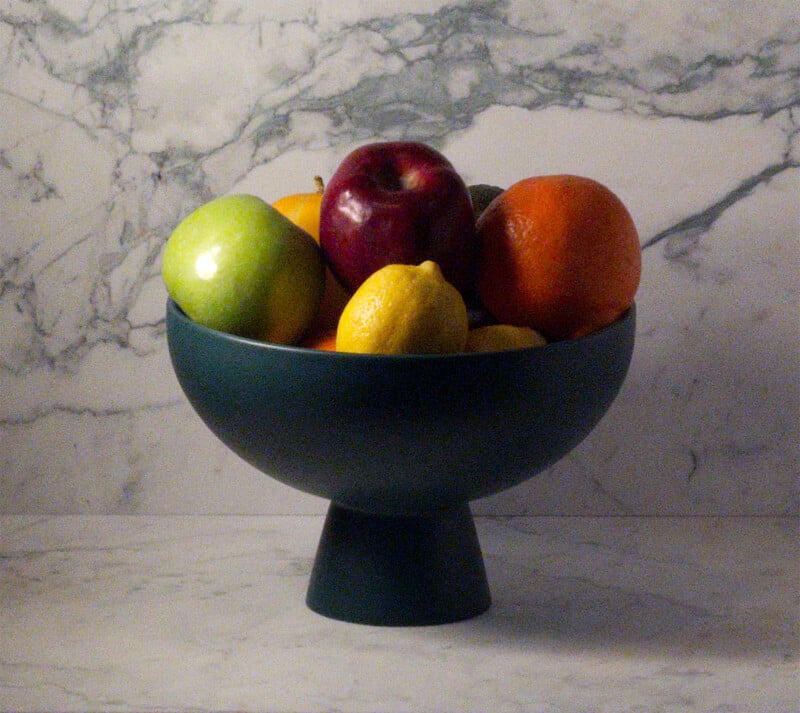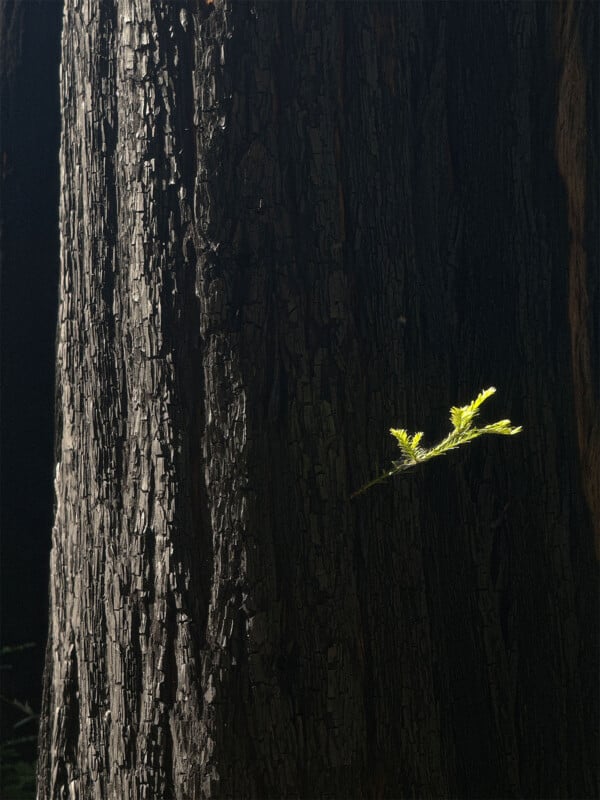Halide’s ‘Anti-Intelligent’ Update Makes iPhone Photos Truly Natural
![]()
Popular iPhone camera app Halide received a significant update today that introduces a brand-new image processing pipeline that strips away all the typical iPhone image processing.
The new pipeline, known as Process Zero, relies on zero artificial intelligence and no computational photography at all. The app’s developer, Lux Optics, says Process Zero in Halide offers “photographers a counter to the increasingly AI-heavy processing and tooling on smartphones.” Prior versions of Halide enabled mobile photographers to reduce the processing of their photos. Now, with Process Zero, a new option entirely skips “all standard image processing altogether.”
![]()
Halide’s new bespoke image processing uses a fast process based on a single RAW image file. The Process Zero file is a 12-megapixel image plus a RAW DNG file, which enables flexible editing. Lux Optics says Process Zero is very fast, capturing between 10 and 25 times the speed of a ProRAW capture.
“Much like film, it can feature natural sensor grain, slight color aberrations, and is much less usable in low light. This makes for its natural look, like taking photos on an older classic digital camera,” the developer explains. Given how popular older digital cameras are right now, the market is hungry for a different, less clinical look to their digital images. Imperfection is charming.


Importantly, this is not a filter or add-on but rather the complete elimination of typical iPhone image processing. Photos are developed using raw data straight from the image sensor.
“Just like film, Process Zero photos come with (digital) negatives, affording incredible control to change exposure after the fact. Much like film, it has grain,” Lux Optics explains. “It works best in daytime or mixed lighting, rather than nighttime shots. Thankfully, unlike film, you don’t need any chemicals to develop these negatives. We give you one dial.”

The new Halide (version 2.15) may introduce Process Zero, but typical iPhone image processing is still available to Halide users. Users can swap between ProRAW, standard iPhone photo processing, reduced processing, or the new Process Zero during setup or shooting.
![]()
“Many of Apple’s groundbreaking steps in image processing benefit users tremendously, and with Process Zero, you can see exactly what it does when you take it all away,” says Lux Optics. “Lux Optics believes strongly that as photographic processing on cameras continues to evolve, we want to offer photographers a choice of processing, making it a creative tool like choosing a lens or film stock.”




The company also explains that while many of the sophisticated image processing algorithms in modern iPhones are “amazing,” not every photographer wants to leave how their photos look up to a machine. This is especially true when it comes to noise and grain — default iPhone processing reduces noise with a very heavy hand.
There are tradeoffs, of course. Turning off all iPhone image processing assistance means that some compromises inherent to small image sensors and thin lens systems are more readily apparent. In low light, photos can be very noisy, even though the newest iPhone models have really impressive image sensors. The sensor’s limited dynamic range, typically overcome through smart HDR implementation, is also evident using Process Zero.


“To summarize: Process Zero gives you a single 12-megapixel shot. It will be less saturated, softer, grainier, and quite different than what you see from most phones. Each shot includes a true Bayer RAW file, if you want to use it in a full-fledged RAW editor, but we designed Halide so you don’t need one,” Lux Optics explains.

Unlike prominent features in recent Halide updates that only work with specific iPhone models, like the iPhone 15 Pro Action button update last fall or 2022’s 48-megapixel ProRAW compatibility, Process Zero is available on the iPhone models that Halide supports, which goes back to the iPhone X and iPhone SE.

Image Lab
Alongside Process Zero, Halide is also getting Image Lab, a one-dial solution to develop the digital negatives included with Process Zero photos. The company says that rather than waiting for photo editing apps to support the files, it would make an editing solution itself.

Image Lab is not a full-fledged editor, though. There are no color or contrast adjustment knobs or sliders here. “You can’t even crop,” Lux says. Instead, Image Lab is “step zero” for the Process Zero workflow. Users can only adjust the exposure level.
![]()
Lux says the resulting DNG files work well in other apps, but Image Lab is basically the very first step for processing a Process Zero shot in Halide.
Halide III Is Next
The news isn’t done yet. Lux Optics also says that it is actively developing Halide Mark III. Initially, Process Zero was to be part of that major release, but the developer didn’t want to hold it.
![]()
Pricing and Availability
Halide 2.15 is available now. For the first week, all new Halide memberships are 65% off, bringing the price down to $11.99 per year. Pricing will increase to the normal $19.99 annual price on August 21st. There is also a one-week free trial period for the membership.

Halide is also available via a lifetime license for $59.99. Halide Mark III will be included, although typically, it’s a one-time purchase for major version releases.
Image credits: Lux Optics / Halide Camera